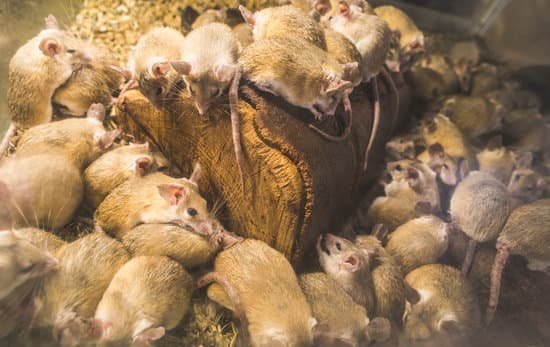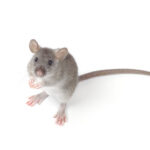How Rats Flatten Their Bodies
The skeletal structure of rats has a unique ability to flatten their bodies when they have to. This allows them to fit through small spaces and squeeze through larger ones. They can also collapse their legs against their bodies to be completely flat. This is an adaptation to the tiny spaces in which they live, and evolution has made it possible for the rodent to do so. Rats’ ribcages are also a unique feature because they don’t collapse like a coil, but instead remain intact, allowing the rat to breathe.
Some people think that rats have no bones, but in reality, they have bones attached to cartilage. This allows them to fit into tiny spaces and have long, thin bodies. In fact, their cylindrical bodies are one of the characteristics that make them so suited to burrowing. Furthermore, their skeletal system is similar to humans.
A rat’s body shape is a complex mix of rigid and spongy parts. Although they are small, they have a long tail that can act as an extra hand or counterweight. Their tails can even be used to wrap around objects, which gives them superior agility. The ability to maneuver through small spaces gives rats a unique ability to explore dangerous environments and scale high buildings.
A rat can fit through a quarter-sized hole. A quarter is 0.96 inches in diameter. However, it may be difficult for larger rats to fit through a quarter-sized hole.








